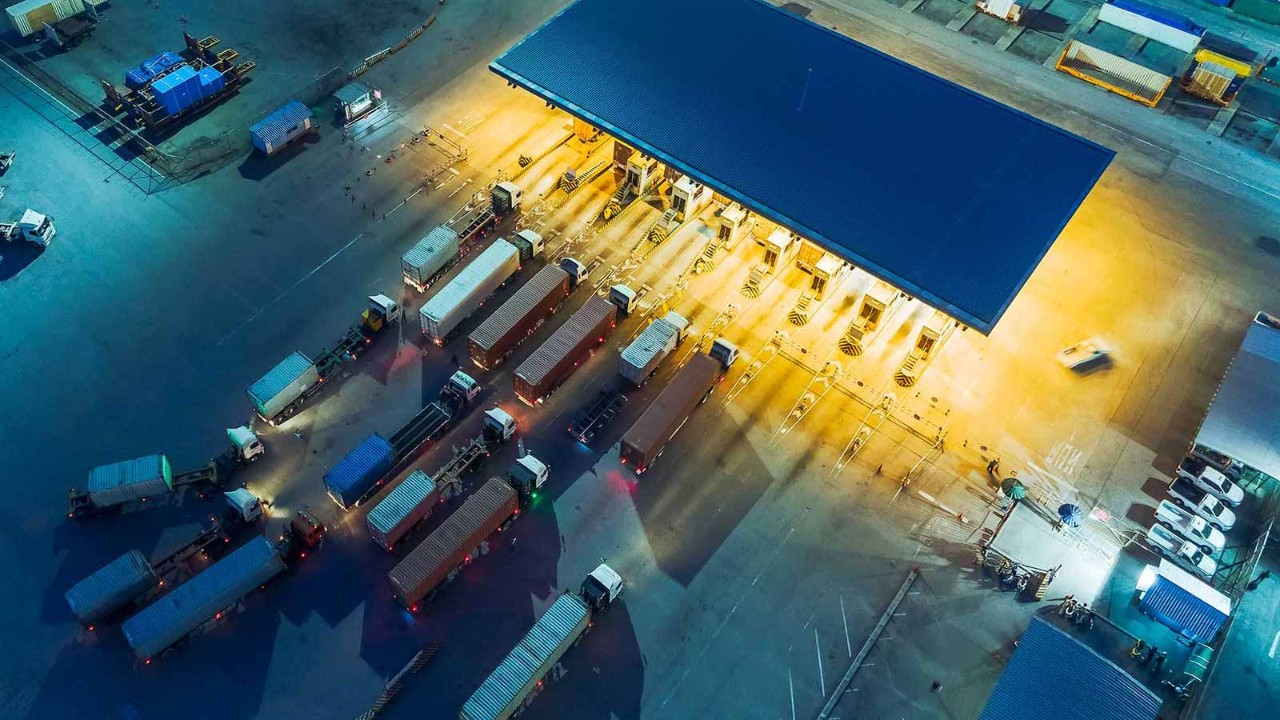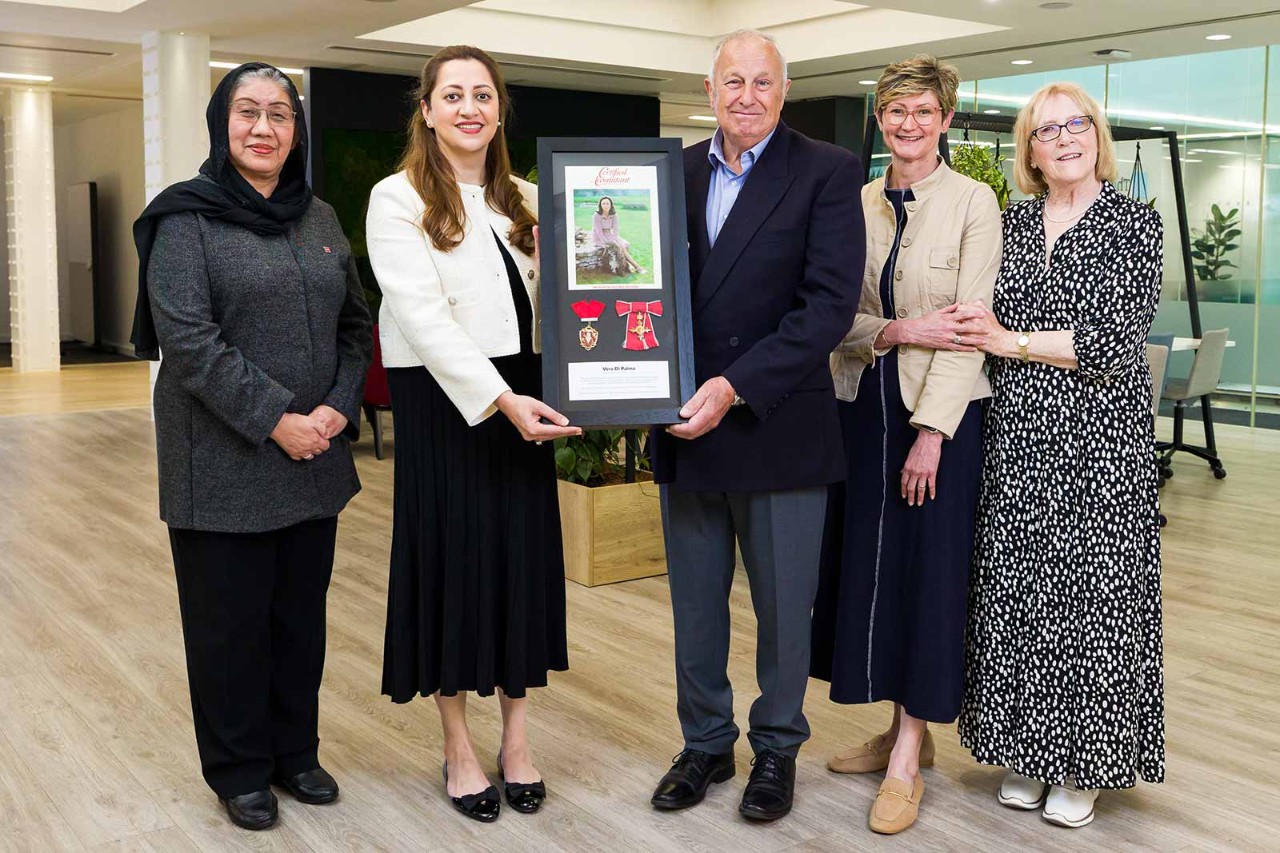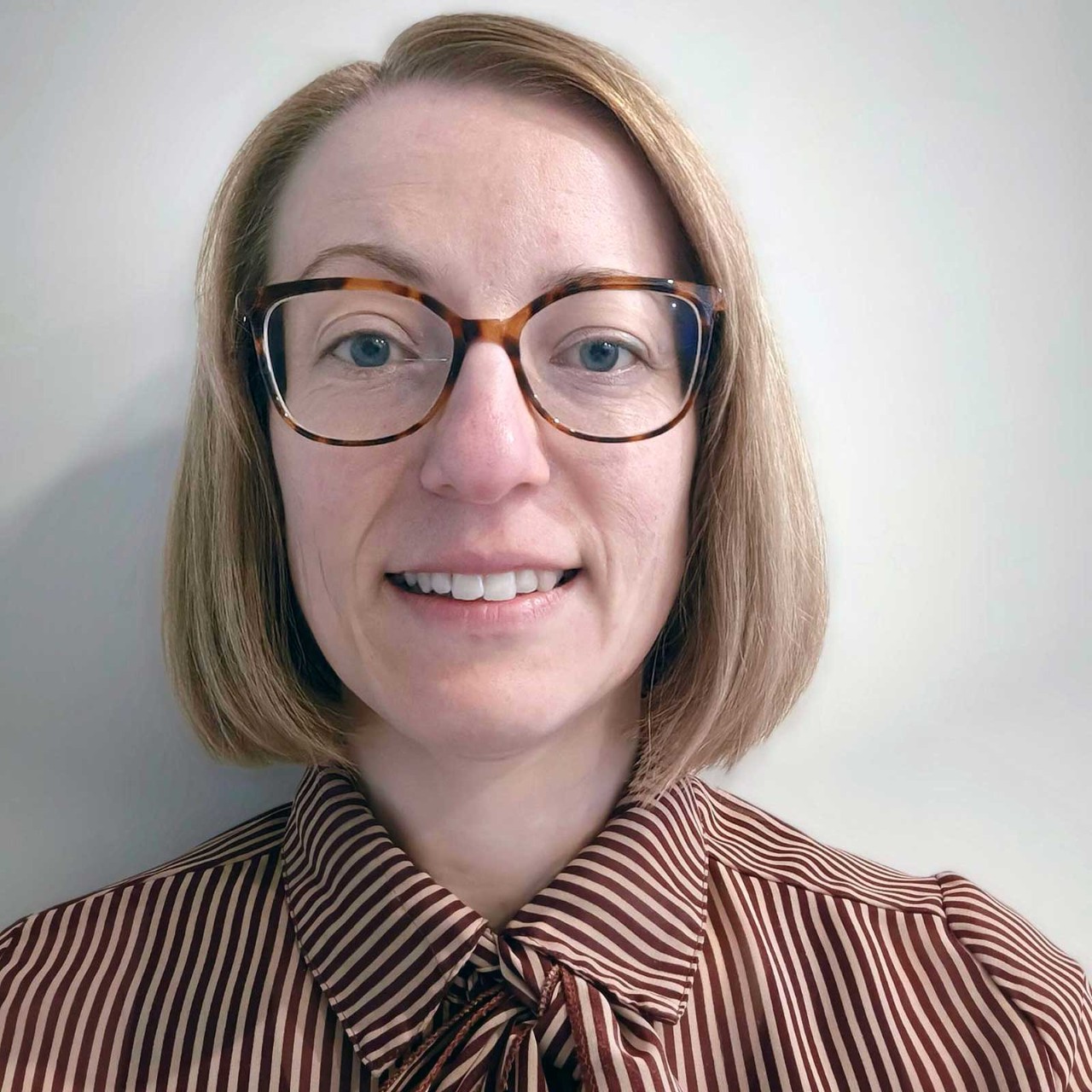
Tax implications and trade policies are increasingly steering supply chain restructuring decisions as companies navigate a complex global business environment, according to experts at the ACCA Hong Kong Virtual Tax Conference 2025.
The Economist Impact’s 2025 report shows that an overwhelming majority of companies (88%) plan to overhaul their supply chains this year, with most looking to spread out their operations and localise production.
‘Companies are readjusting their supply chains to deal with several challenges: the shifting trade landscape, rising global tensions and new policies from US president Donald Trump’s second administration, especially around tariffs and executive orders,’ said Gloria Chan FCCA, co-chairman of ACCA Hong Kong’s tax sub-committee.
During a panel discussion, ‘Tax Considerations and Strategies in Supply Chain Restructuring’, Chan noted that companies typically follow three main approaches: shifting production to jurisdictions with lower operating costs and more favourable tariff policies; changing how they handle internal transactions for transfer pricing and tax efficiency; and updating their management structures across different jurisdictions.
New trade reality
With US trade authorities taking a harder look at traditional relocation tactics, tax professionals at the conference advised clients to adopt more nuanced approaches to supply chain restructuring.
‘Companies are struggling to keep up with possible changes in US tariffs,’ said Kenneth Leung, partner at KPMG China. ‘With everything so uncertain and policies that could shift any day, we are helping companies focus on making the smallest necessary adjustments to stay on top of these changes.’
‘We are seeing cases where moving production to South-East Asia backfires’
The old playbook of simply moving production to other countries isn’t viable anymore since US officials are getting stricter about determining where products come from.
‘We are seeing cases where moving production to South-East Asia backfires,’ Leung explained. ‘US authorities might still reject the new country of origin, claiming companies are just trying to dodge anti-dumping duties by routing products through other countries.’
Despite being around since 1988, the First Sale rule in US customs law is still one of the best ways to handle tariff costs, said Leung. ‘This rule can cut import declarations by about 20% to 30%.’
For companies that are unable to move their production to the US, Leung suggested working with European and US partners through original equipment manufacturing (OEM) deals. ‘It’s a practical solution that helps avoid the huge costs of building new factories and dealing with local labour unions,’ he said.
No clear-cut path
Kenny Wei FCCA, a member of ACCA Hong Kong’s tax sub-committee and partner, transfer pricing services at EY, emphasised that business restructuring rarely follows a clear-cut path.
‘You can technically change a product’s country of origin by doing final assembly somewhere else, but when it comes to transfer pricing, your profit margins will be rather thin – especially if the new location is just handling basic OEM assembly,’ said Wei.
‘You need solid financial models, detailed planning and thorough documentation’
Companies often find themselves in hot water when dealing with intellectual property (IP) valuations. ‘When restructuring requires moving IP assets, you can’t simply use the original cost as the transfer value,’ Wei explained. ‘The value of IP often grows significantly over time.’
During Trump’s first term, Wei observed that companies would typically move their operations to alternative jurisdictions like Singapore while maintaining a presence in Hong Kong. Going forward, all the panellists concurred that companies need to carefully balance running their operations efficiently while complying with local tax laws when they move to new locations.
Wei stressed that tax planning needs to stay flexible to deal with uncertainties. ‘You need solid financial models, detailed planning and thorough documentation that covers all rights, obligations and how operations will work,’ he explained. ‘Companies also need to make sure they are valuing their IP assets correctly and setting transfer prices based on current market value, not just what things cost in the past.’
Challenges mount
In-house tax teams at multinational corporations are having to juggle multiple balls as they manage restructuring complexities. Ce Wu FCCA, senior director of APAC tax and global M&A tax at OSRAM Group, pointed out that companies now need to focus carefully on managing one-off costs and developing solid pricing strategies that drive future tax efficiency when they move operations.
‘When relocating operations from country A to country B, tax implications typically arise for the seller,’ Wu explained. ‘This goes beyond simply considering the balance sheet value of individual assets as we are talking about transferring the entire business unit or production line.’
‘When relocating a business, we need to consider a long-term horizon’
Some European countries have specific regulations around ‘transfer of function’, which require upfront tax payment on all anticipated future profits when relocating business operations. Wu said that this makes a thorough functional assessment ‘absolutely critical’, especially when the corresponding tax deduction on the buy side is uncertain.
‘When relocating a business, we need to consider a long-term horizon of five to 10 years. This involves comparing tax obligations across jurisdictions based on reliable financial forecasts,’ Wu said. But getting reliable data, he continued, is proving to be a tall order as business units and finance teams struggle to coordinate.
Besides, different departments aren’t always on the same page when it comes to forecasting benefits. For example, the logistics team might project transportation cost savings, while the business team forecasts increased revenue from proximity to clients, said Wu.
‘When the margins are tight, we have to weigh all these factors not only qualitatively but also quantitatively and go with the option with the highest probability of success,’ said Wu.
More information
Read ‘Rethinking supply chain strategies’, ‘Major upgrade for tax’, and ‘The cross-border tax maze‘, our previous articles on the conference
Watch the on-demand ACCA Hong Kong Virtual Tax Conference 2025
Recommended reading


